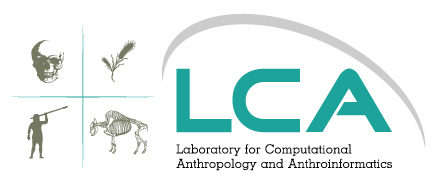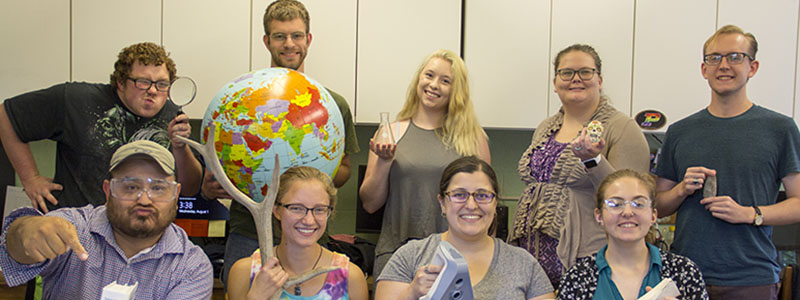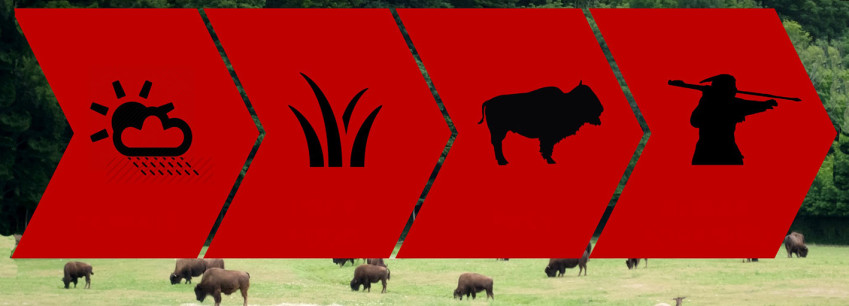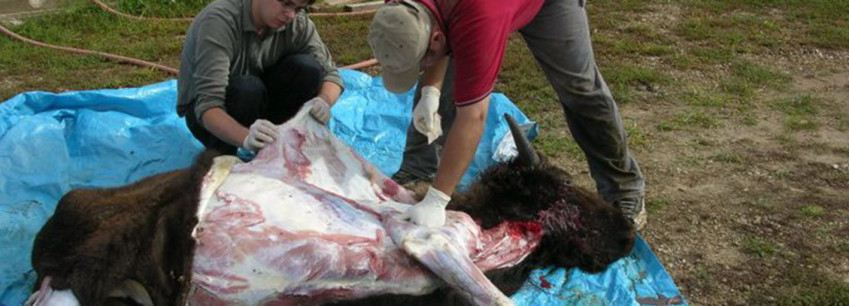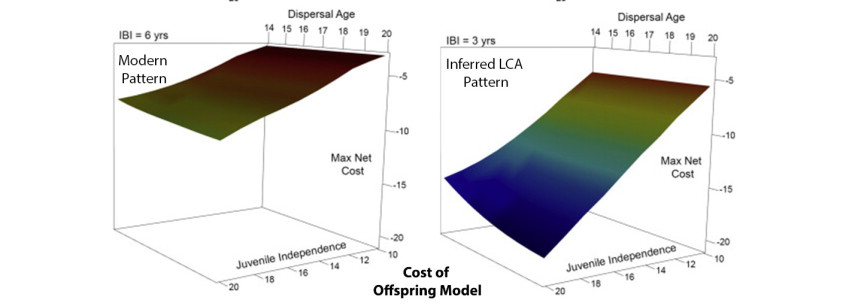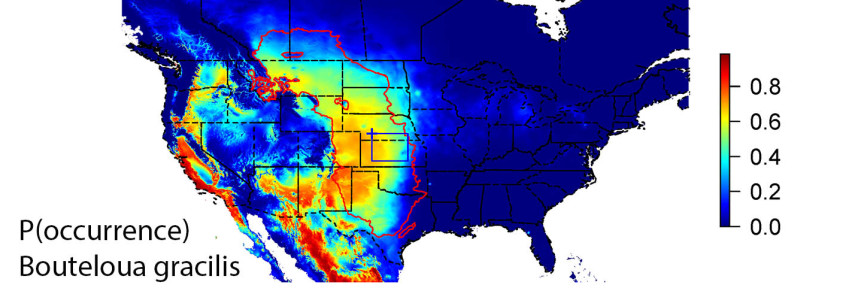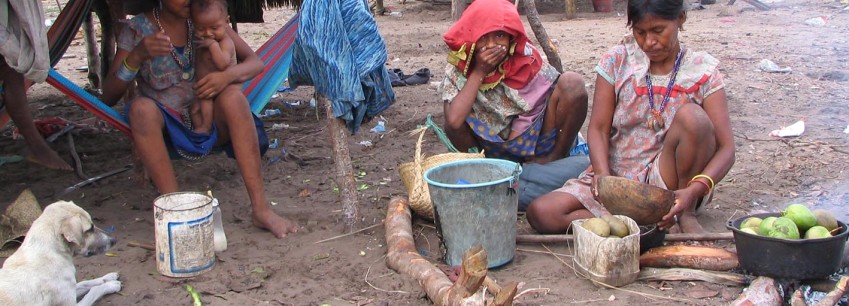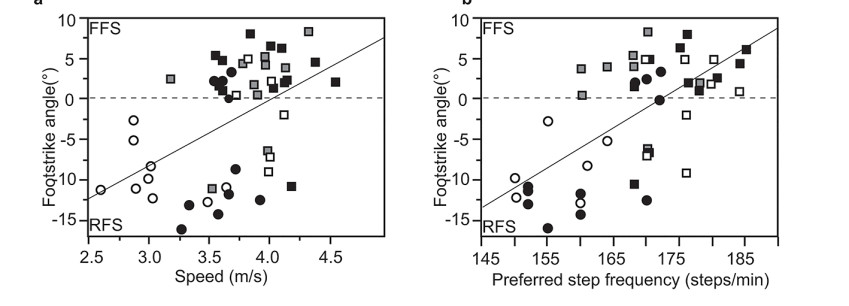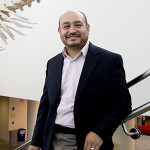LCA research asks What do Humans Eat and Why? To answer this question we 1) research problems at the intersection of anthropology, human evolutionary biology and ecology, and 2) develop computational tools to address these problems. Research in the Laboratory for Computational Anthropology (LCA) asks “What do Humans Eat and Why?” We aim to answer this question by 1. Researching and shedding light on problems at the intersection of anthropology, human evolutionary ecology and biology and, Current lab research addresses three general and interrelated areas: 1) The evolutionary ecology and behavior of modern and prehistoric foragers 2) Paleoenvironmental reconstructions contextualizing forager behavior, and 3) Theoretical and methodological development of models that link archaeological data to behavior and morphology. Specifically, we are currently testing hypotheses about how climate, spatial and temporal variation, habitat variation, prey abundance, foraging strategies, and hunting weaponry affect the dietary composition of prehistoric and modern human small-scale populations. Based on theory drawn from anthropology, evolutionary biology, and evolutionary ecology, we hypothesize and model causal processes that shaped ancient and modern hunter-gatherer strategies. These models are then assessed using archaeological data, observations of modern-day foragers, and experimental and statistical methods. Lab research also focuses on developing novel computational and analytical methods to test hypotheses and answer scientific questions. Technical expertise of LCA members are broad, encompassing field methods, GIS and spatio-temporal statistics, statistical software development, 2D and 3D morphometrics, linear and nonlinear mixed models, model selection and comparison, multivariate modeling, non-parametric randomization statistics, mathematical modeling, and phylogenetic comparative methods (PGLS). Anthropology provides an excellent forum for the initiation of lifelong learning. I therefore strive to stimulate students’ intellectual capabilities and instill enthusiasm for learning about the variation in human evolutionary behavior and and how to successfully answer scientific questions about this topic. I currently teach several courses in Archaeology and Quantitative/Computational Anthropology. Descriptions for my primary undergraduate and graduate courses are provided below. Stone Hall Room 218 Stone Hall Room 098Laboratory for Computational -Anthropology and Anthroinformatics(LCA)
Current lab research revolves around three interrelated topics:
PEOPLE

Research

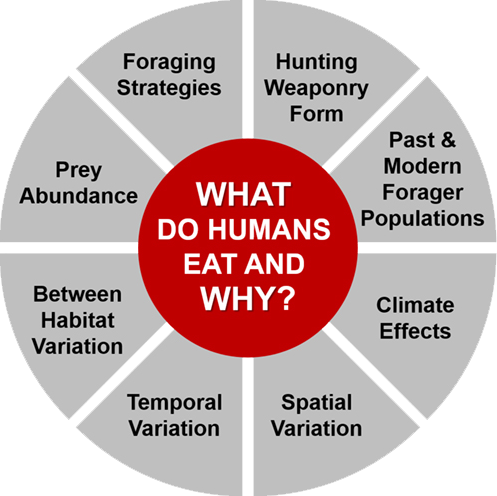
2. Developing computational and statistical tools to address these problem.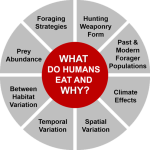






Publications

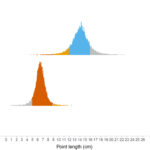
The Bayesian Inferential Paradigm in Archaeology
2023 Handbook of Archaeological Sciences, 2nd Edition. Wiley. In Press.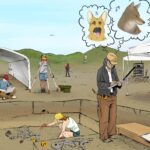
Beyond Chronology, Using Bayesian Inference to Evaluate Hypotheses in Archaeology
2022. Advances in Archaeological Practice, 1-17. doi:10.1017/aap.2022.10
software


zooaRch: An R Package for Zooarchaeological Analyses

geomorph: Geometric morphometric analysis of 2d/3d landmark data

Ontogenetic Allometry Trajectory Significance Test

Multivariate: 2Block Partial LS and Ordinations

teaching


ANTH 306 – Quantitative Methods for Anthropologists
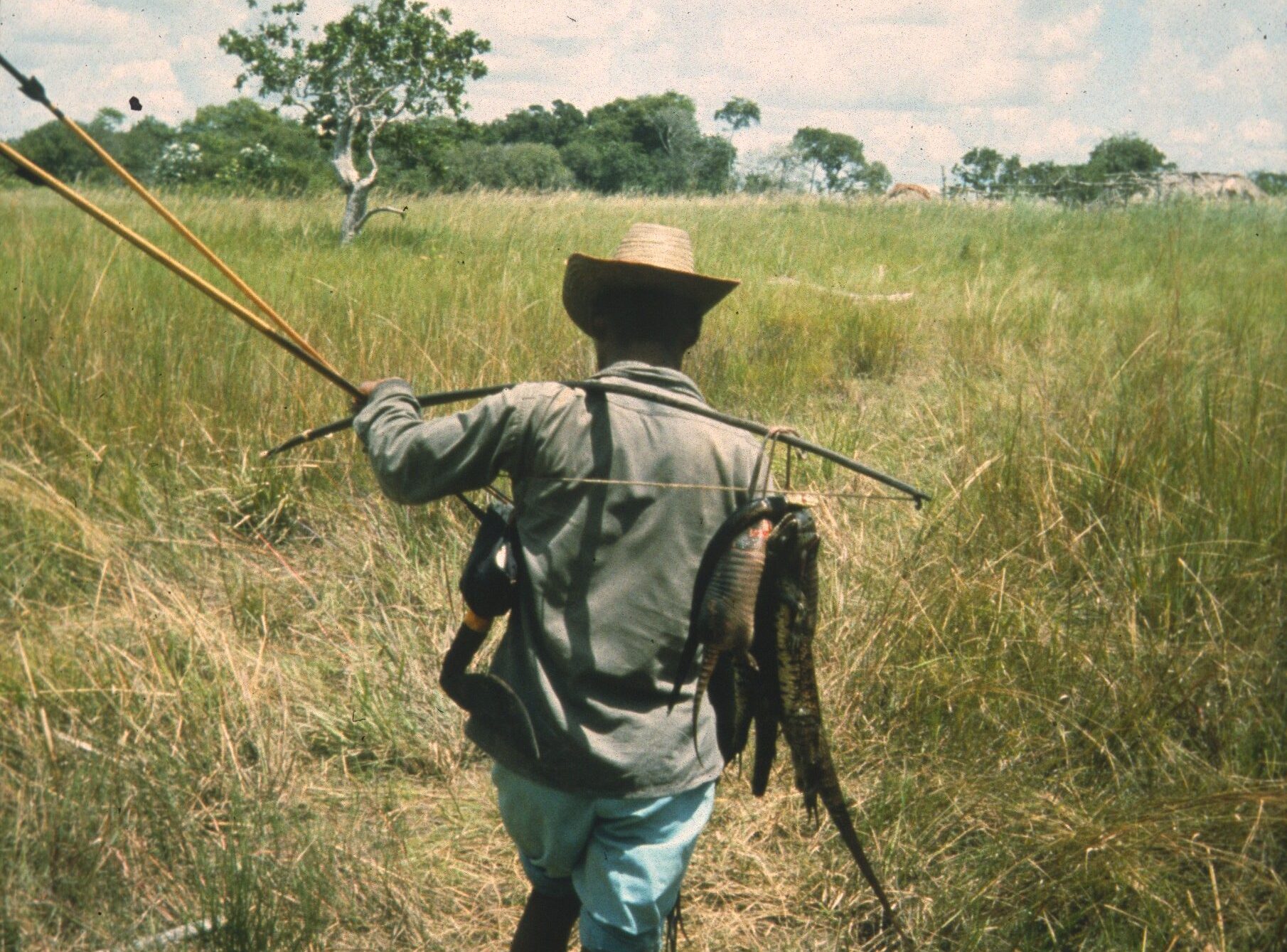
ANTH 377 – Hunter-Gatherer Societies

ANTH 606 – Advanced Quantitative Methods

ANTH 425 – Archaeological Method & Theory

CONTACT

Where to find me
Physical Location:
Labs
Mailing Information
Message me
Meet the People
>
Causes of Variation in the Foraging Strategies and Dietary Composition of Small-Scale Populations
Prehistoric Hunting Weaponry Morphology
Effects of Spatio-Temporal Climatic Variation on Human Hunting Prey
Computational Paleoclimatic Reconstructions
Human Hunting Behavior and Foraging Strategies
Computational and Statistical Methods Development
Non-Traditional Statistical Hypotheses Tests
zooaRch
Geomorph and Morphometrics
Archaeologists often use data and quantitative statistical methods to evaluate their ideas. Although thereare various statistical frameworks for decision-making in archaeology and
Book Chapter
Erik Otárola-Castillo, M.G. Torquato, and C.E. Buck
Archaeologists often use data and quantitative statistical methods to evaluate their ideas. Although thereare various statistical frameworks for decision-making in archaeology and science in general, in this chapter,we provide a simple explanation of Bayesian statistics. To contextualize the Bayesian statistical framework,we briefly compare it to the more widespread null hypothesis significance testing (NHST) approach. Wealso provide a simple example to illustrate how archaeologists use data and the Bayesian framework to com-pare hypotheses and evaluate their uncertainty. We then review how archaeologists have applied Bayesianstatistics to solve research problems related to radiocarbon dating and chronology, lithic, ceramic, zooarchae-ological, bioarchaeological, and spatial analyses. Because recent work has reviewed Bayesian applications inarchaeology from the 1990s up to 2017 (Caitlin E. Buck, Cavanagh, and Litton 1996; Caitlin E. Buck 2001;Otárola-Castillo and Torquato 2018), this work considers the relevant literature published since 2017.
Archaeologists frequently use probability distributions and null hypothesis significance testing (NHST) to assess how well survey, excavation, or experimental data align with their
Journal Article
Erik Otárola-Castillo, Torquato, M., Wolfhagen, J., Hill, M., & Buck, C.
Archaeologists frequently use probability distributions and null hypothesis significance testing (NHST) to assess how well survey, excavation, or experimental data align with their hypotheses about the past. Bayesian inference is increasingly used as an alternative to NHST and, in archaeology, is most commonly applied to radiocarbon date estimation and chronology building. This article demonstrates that Bayesian statistics has broader applications. It begins by contrasting NHST and Bayesian statistical frameworks, before introducing and applying Bayes's theorem. In order to guide the reader through an elementary step-by-step Bayesian analysis, this article uses a fictional archaeological faunal assemblage from a single site. The fictional example is then expanded to demonstrate how Bayesian analyses can be applied to data with a range of properties, formally incorporating expert prior knowledge into the hypothesis evaluation process.
Zooarchaeology is concerned with the analysis and inference of faunal remains recovered from archaeological sites. The zooaRch package provides analytical tools for zooarchaeologic
Read more
Zooarchaeology is concerned with the analysis and inference of faunal remains recovered from archaeological sites. The zooaRch package provides analytical tools for zooarchaeological data. Functions in this package allow users to read, manipulate, visualize, and analyze zooarchaeological data. The zooaRch package can be downloaded freely from the Comprehensive R Archive Network (CRAN).
To cite package ‘zooaRch’ in publications, kindly use both the R package citation and American Antiquity publication :
“geomorph” is an R package containing programs to read, manipulate, and digitize landmark data; generate shape variables via Procrustes analysis for points, curves and surface
Read more
“geomorph” is an R package containing programs to read, manipulate, and digitize landmark data; generate shape variables via Procrustes analysis for points, curves and surface data, perform statistical analyses of shape variation and covariation, and provide graphical depictions of shapes and patterns of shape variation. Geomorph can be downloaded freely from the Comprehensive R Archive Network (CRAN).
Program to conduct significance testing of ontogenetic-allometry trajectories using residual randomization and within-age category sample size bootstrap (implementing work in, Ande
Read more
Program to conduct significance testing of ontogenetic-allometry trajectories using residual randomization and within-age category sample size bootstrap (implementing work in, Anderson, M. J., and C. J. F. Ter Braak, 2003; Collyer, M. L., and D. C. Adams. 2007; Piras, P., P. Colangelo, D.C. Adams, A. Buscalioni, J. Cubo, T. Kotsakis, C. Meloro, and P. Raia. 2010; KP McNulty, SR Frost, DS Strait 2006).
ResidualRandwithBootRcode.r
General programs I wrote to conduct 2Block Partial Least Squares (from Rohlf and Corti 2000 systematic biology), Principal Components Analysis, Principal Coordinates Analysis, Corr
Read more
General programs I wrote to conduct 2Block Partial Least Squares (from Rohlf and Corti 2000 systematic biology), Principal Components Analysis, Principal Coordinates Analysis, Correspondence Analysis, Canonical Correspondence Analysis, and Redundancy Analysis.
2blockPLS_and_ordinations.r
This course provides an introduction to the broad statistical methods used throughout the 4-fields of Anthropology. It covers elementary probability theory, basic concepts of stati
Read more
This course provides an introduction to the broad statistical methods used throughout the 4-fields of Anthropology. It covers elementary probability theory, basic concepts of statistical inference, sampling theory, regression and correlation methods, analysis of variance, and study design. The course will motivate statistical methods through data analysis and visualization. It is designed for students who intend to focus in an anthropological discipline as well as other social and biological sciences. There are no pre-requisites from the Statistics or Mathematics Departments. This course will be useful to students of all interests, but particularly to students interested in quantitative science literacy, students planning for graduate work, students interested in joining the workforce and becoming part of the educated citizenry.
Selective global survey of societies whose mode of subsistence is/was based on the collection of wild food resources. Topics to be covered include: the development and current stat
Read more
Selective global survey of societies whose mode of subsistence is/was based on the collection of wild food resources. Topics to be covered include: the development and current state of theory, ecology, social organization, land use, demography, subsistence rights, and worldview.
The course provides a broad overview of research strategies and techniques commonly employed in the various subfields of anthropology. Surveying the data analysis toolbox, this cou
Read more
The course provides a broad overview of research strategies and techniques commonly employed in the various subfields of anthropology. Surveying the data analysis toolbox, this course is designed for students interested in applying quantitative or mixed methods to their research. This course is appropriate for students at all stages: whether designing a study and formulating hypotheses, preparing to collect data, or post data-collection. Topics include sampling, univariate and multivariate confirmatory and exploratory statistics, model selection, Bayesian methods, spatial modeling & GIS, and other specialized topics.
This course is an introduction to the current theories and methods employed by contemporary anthropological archaeologists to make inferences about human populations who lived in t
Read more
This course is an introduction to the current theories and methods employed by contemporary anthropological archaeologists to make inferences about human populations who lived in the past. Topics include the history of archaeology, archaeological theories, and discussions of survey and field techniques, how archaeologists analyze material remains from the archaeological record to reconstruct multiple aspects of human behavior. These include human cultural practices, diet and subsistence, migrations, social and political organization, and many other characteristics of past human populations. Although the structure of the course focuses on archaeological methods and theories, it will be interspersed with case studies that demonstrate how archaeologists actually reconstruct human behavior and address anthropological questions about the past.
If you are interested in discussing research or a class, just drop by my office or lab. Making an appointment first, however, might ensure I am in my office and will be able to meet with you.
Stone Hall Room 219C, Purdue University
Physical Location:

